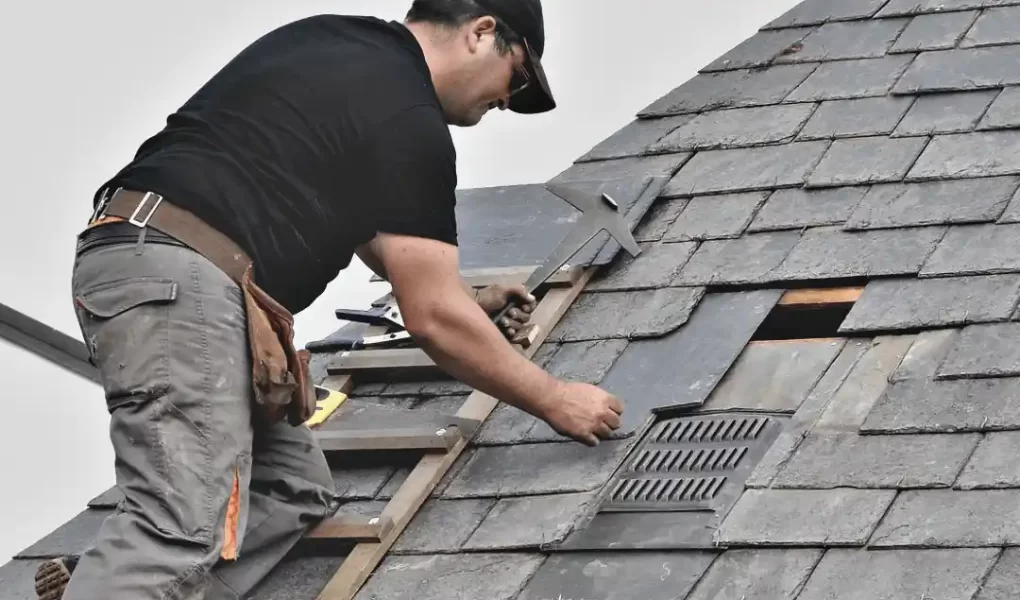Calculating the number of roofing nails needed for a roofing project is essential for ensuring you have an adequate supply to complete the job efficiently and effectively. Roofing nails are typically used to secure roofing materials, such as shingles or tiles, to the roof deck or substrate. Many factors influence the number of nails needed, including the type of roofing material, the roof’s size, and local building codes. Here’s how you can calculate roofing nails for your project:
Determine the Type of Roofing Material:

Different types of roofing materials require varying amounts of nails for proper installation. For example, asphalt shingles typically require four nails per shingle, while cedar shakes may need more. Consult the manufacturer’s guidelines or local building codes for specific nail spacing and quantity recommendations.
Measure the Roof Area:
Calculate the total square footage of the roof to determine the amount of roofing material needed. Measure the length and width of each roof plane and multiply the dimensions to calculate the area. Add the roof planes’ areas together to get the total square footage.
Determine the Nailing Pattern:
Refer to the manufacturer’s guidelines or local building codes to determine the required nailing pattern for the installed roofing material. This will specify the spacing between nails along the edges and in the roof field.
Calculate the Number of Nails per Square Foot:
Divide the total number of nails required for the nailing pattern by the total square footage of the roof to determine the number of nails needed per square foot. For example, if the nailing pattern requires four nails per shingle and there are 100 shingles per square (a roofing unit equivalent to 100 square feet), you would need 400 nails per square.
Multiply by Total Square Footage:
Multiply the number of nails needed per square foot by the total square footage of the roof to calculate the total number of nails required for the entire project.
Account for Waste and Overlap:
It’s a good practice to add a percentage for waste and overlap when calculating the number of roofing nails needed. This accounts for any mistakes, damaged materials, or additional nails required for overlapping sections of roofing material.
Round-Up:
Once you have calculated the total number of nails needed, round up to the nearest box or package size. Having a few extra nails on hand is better than running out in the middle of the project.
Example Calculation:
Let’s say you have a roof with total square footage of 2,000 square feet, and you’re installing asphalt shingles with a nailing pattern requiring four nails per shingle. If there are 100 shingles per square, you would need 400 nails per square. Multiply 400 nails/square by 2,000 square feet to get 800,000 nails total. Considering waste and overlap, you might round up to the nearest thousand or select the appropriate package size for purchase. By following these steps and calculations, you can ensure that you have the correct quantity of roofing nails for your project, helping you complete the installation accurately and efficiently while adhering to industry standards and best practices.




